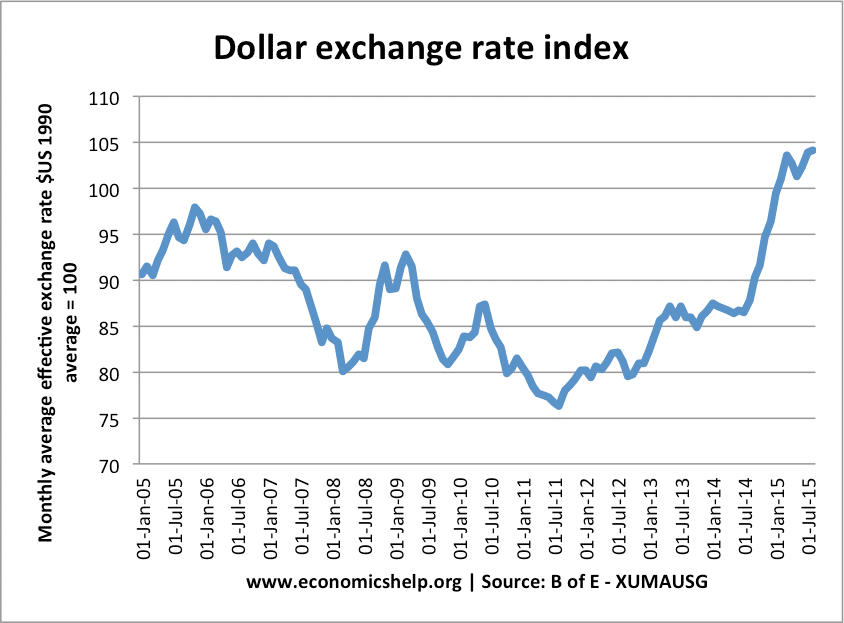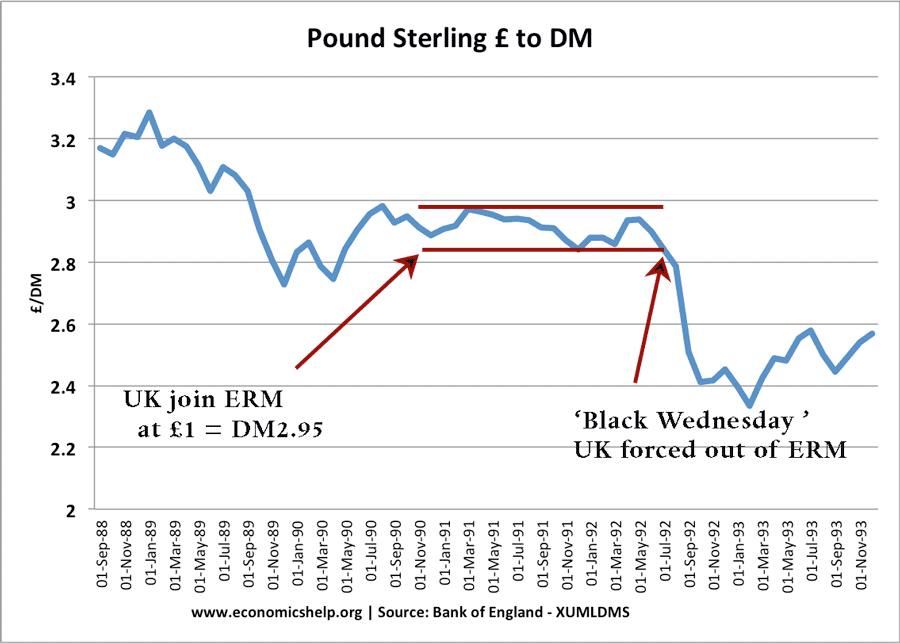Germany’s current account surplus
In 2015, the German current account surplus surged to 8.5% of GDP. A record level and a surplus which has implications for the Eurozone and global economy. Source: Bundesbank The surplus is primarily due to the surplus on trade in goods. Though in recent years, there has also been a surplus in primary income. This …


